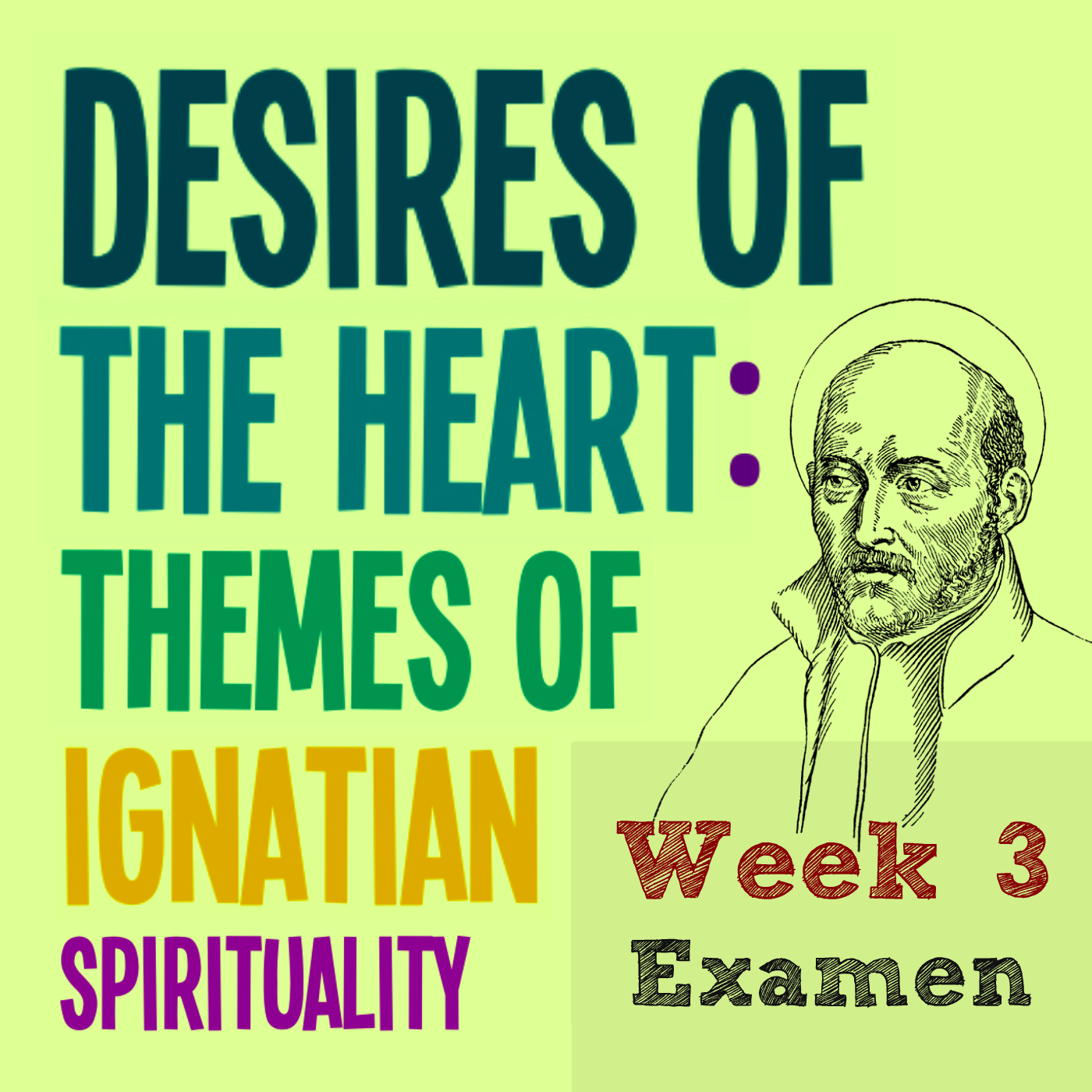Twice a week I help teach faith formation at a Catholic primary school in Boston. My purpose is not to teach the standard religion curriculum, which is certainly necessary for that age—their own teachers teach that. No, my purpose is to help form them as individuals, in the spirit of the Jesuit ideal of cura personalis. I hope to take them beyond the catechesis they already know and help form them as whole persons who are unique, have dreams, relationships, differences, and are made in the image of God. It’s the difference between being taught how to say your prayers and building an intimate relationship with God through prayer. It’s the difference between being able to say “God loves me” and truly knowing how God loves me in a unique way.

Top photo from Flicker user adi_alghanem
In a lesson on prayer with my sixth graders I showed them a picture of a boy with his hands folded, looking upwards, and asked them what they thought he was doing. “Praying,” they told me. “Why?” I asked. They indicated that they knew he was praying because of his hands being folded and his posture, looking up to heaven. I then showed them a photo of a boy on the floor, pen in hand, writing in a journal. He too was looking upwards as in thought. “What’s this boy doing?” I asked the class. The responses were entirely different. He must be doing his homework, they thought. He was thinking. “Could he be praying?” I proposed. “No,” most responded. “Why not?” I asked. They told me he wasn’t praying because his hands weren’t folded. He was lying on the floor, and he was doing something else: writing.
My hope was to help broaden their understanding of prayer, that the boy could very well be praying by reflecting and journalling, asking self-reflective questions, and seeking the answers in God. Prayer, I told them, was a means not just to speak to God but to learn more about yourself. Bringing deep questions to God in prayer and then journalling was a path to that. In my fifth grade class I introduce them to a new kind of prayer form each week whether it be imaginative prayer, the rosary, or formulaic prayers. The other week I led them through a mindfulness meditation on their feet and helped them recognise their feet and all their feet allow them to do as a gift from God.
As adults raised in the faith we may still have a narrow understanding of prayer and of God. Saint Ignatius was perhaps beyond his time in introducing new forms of prayer to his students. One might say that Ignatius’ innovations in prayer and the Spiritual Exercises became a concrete way Christians could discover the depths of themselves—their desires, their gifts and weaknesses, and their purpose—through a journeying to a deeper relationship with the person of Jesus Christ. The Spiritual Exercises not only makes prayer a true conversation with God, but helps us come to know Jesus in a whole new light, even expanding our image of God.
>> If you’re interested in getting a taste of the Spiritual Exercises and how they can help us go deeper into ourselves and God, it might be worth listening to the Desires of the Heart series that was released back in May. It’s free to listen to and download.
Listen to an audio version of this post…
audio http://traffic.libsyn.com/godinallthings/Beyond_Catechesis.mp3
Music by Kevin MacLeod








That’s a great idea to use some pictures to open up the idea of what prayer might look like. I’ll tuck this away to use with my Sunday school one day, alongside some writing or drawing prayer tasters. Thanks for sharing! I too long to open up that experience of an intimate relationship with God, that sense that he truly deeply loves them. It’s not an easy thing to do, there’s no formula is there? And few resources. I just try to create a space where they can encounter Jesus…and leave the rest to him!
I’d love to hear about more of your lessons in the future.
“notice what you notice” hospital wrist band? other ID? peace and love bill